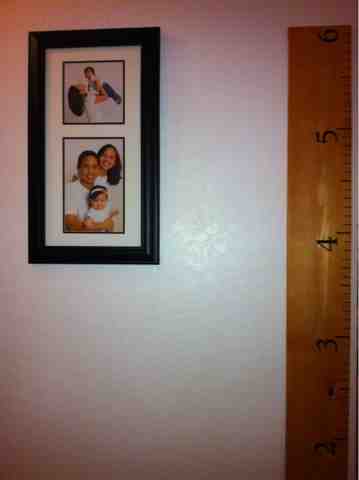These flower makers are tools that use fabric and thread guidelines to create one of six flower designs. The design I have is the Pointed Petal.
By following the guidelines, you would create individual petals on a single thread that can be combined into a multi-petaled flower.
TO MAKE
Ingredients
- Flower maker
- Fabric (not too heavy or slinky; I had the most success with quilting cotton)
- Thread
Recipe
1. Fold your fabric and press the crease against the folding part of the flower maker. Close the flower maker, snapping it shut.
2. Cut the excess fabric around the flower maker. No seam allowances are needed.
3. Guide your threaded needle through the #1 hole, pushing it out to the other side.
4. Following the groove, guide your needle though the #2 hole, pushing it out to the other side.
5. Repeat step 5 with subsequent holes until you reach the #12 hole.
6. Open the flower maker and take out the threaded fabric.
7. Gently tug both ends of the thread so that the fabric folds itself into a triangle. Slide it to the knotted end of the thread. Do NOT cut the thread.
8. Repeat steps 1 through 7 until you reach your desired number of petals.
9. Push the petals together tautly, which will cause them to accordion.
10. Insert one stitch between the first and last petals. Pull thread taut again, then knot securely.
11. Flatten the petals down, if needed, and shape flower.
12. Embellishments, like a button or felt, can be used to cover the small hole in the center of the flower. Depending on the flower's use, a hot glue gun may suffice. For a stronger bond, E6000 or a washable fabric glue would be your best option.
Notes
- Always work from the side that your needle is on.
- Use the grooves as your guide. Your thread should not be jumping across grooves.




